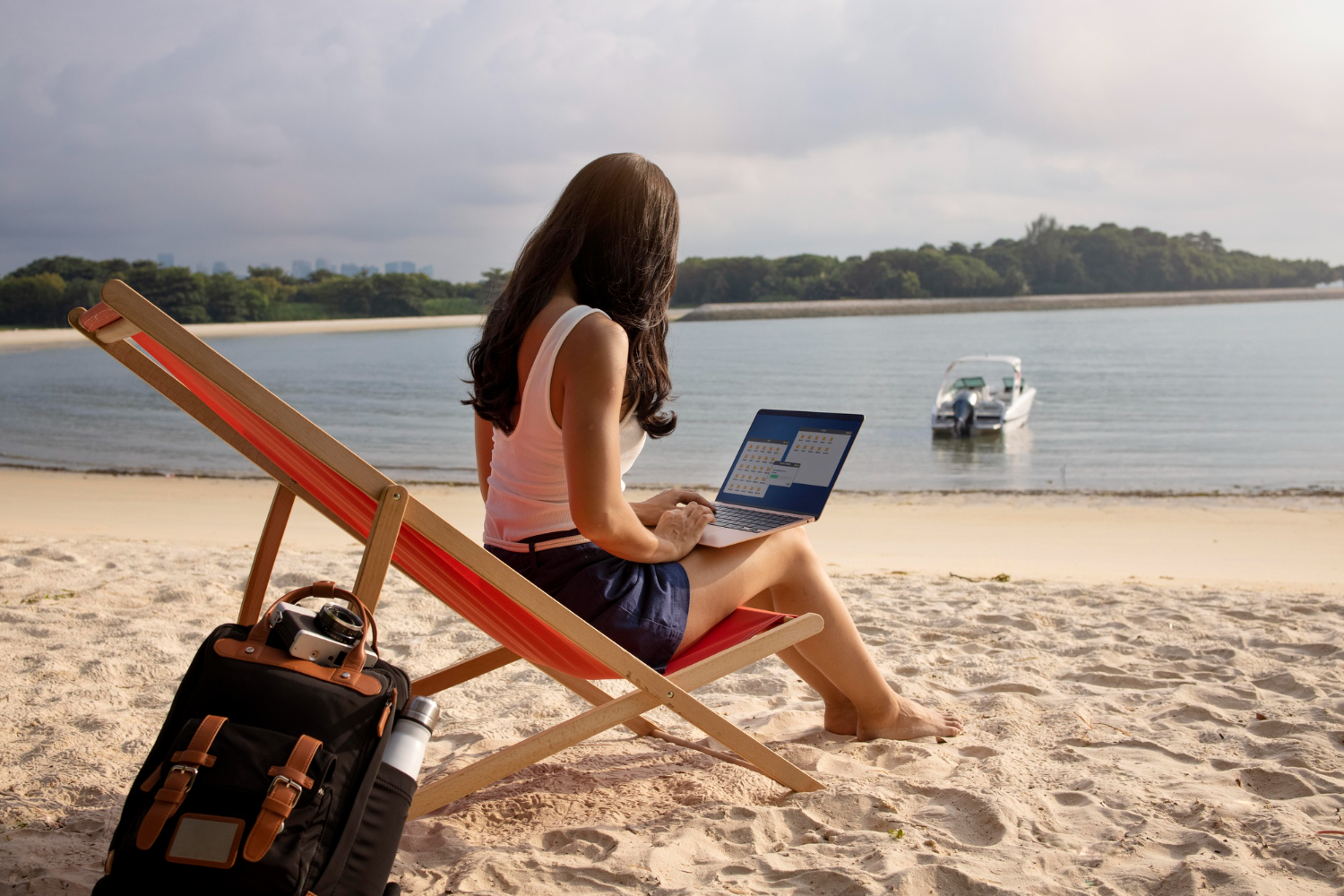Understanding the Digital Landscape of Hawaii
Hawaii may be known for its stunning beaches and breathtaking volcanoes, but it’s also a place where digital transformation is steadily reshaping daily life. From the bustling streets of Honolulu to the remote beaches of Kauai, technology is increasingly woven into how both locals and tourists interact with the world. Whether it’s booking a sunset cruise online, navigating hiking trails with GPS apps, or using digital wallets for shopping, being connected is now an integral part of the Hawaiian experience.
The Growing Importance of Cyber Awareness
With the rise of digital conveniences, however, comes an increased need for cybersecurity awareness. Tourists often rely on public Wi-Fi at hotels, cafes, or airports — all of which can be targets for cybercriminals. Locals, too, are adopting more smart devices in their homes, exposing themselves to potential digital risks. Understanding how to protect personal data in this evolving environment is essential for everyone in the islands.
Risks of Public Wi-Fi and How to Stay Safe
One of the biggest threats in a tourist-heavy location like Hawaii is the widespread use of unsecured public Wi-Fi. Hackers often exploit these open networks to steal passwords, credit card information, and other personal data. To stay safe, it’s advisable to use a reliable VPN service whenever accessing public networks. Avoid logging into sensitive accounts — like banking or work emails — while connected to shared internet sources. If you must use Wi-Fi in public, choose networks that require a password and are affiliated with well-known businesses.
Mobile Device Security While Island-Hopping
Most travelers rely heavily on their smartphones for everything — from taking pictures to navigating island routes. It’s crucial to set up two-factor authentication on essential apps and to install a remote wipe option in case your device gets lost or stolen. Travelers should also be cautious when downloading local apps, ensuring they come from verified sources like the Apple App Store or Google Play.
Social Media and Oversharing in Real Time
Posting vacation photos in real time might seem harmless, but it’s a practice that can alert potential thieves that your home is vacant — especially if you’re a local on a neighbor island vacation. Tourists should also be cautious about geo-tagging their exact location, which can lead to unwanted attention or scams. Consider posting photos after your trip or disabling location features when sharing to social media.
Digital Payment and E-Commerce Security
Hawaii is rapidly adopting digital payment systems, with many businesses now accepting Apple Pay, Google Wallet, and contactless credit cards. While these offer convenience, they also pose risks if proper security measures aren’t followed. Always enable biometric authentication and alerts for transactions on your devices. Avoid saving card details on random websites, and shop only from secure (HTTPS) e-commerce portals.
Scams Targeting Tourists and How to Identify Them
Scammers often target travelers unfamiliar with the area. This can include fake ticket websites for luaus and cruises, phishing emails claiming hotel issues, or bogus “discount” travel packages shared through social media ads. Always double-check reviews on verified platforms like TripAdvisor or Google, and be wary of deals that seem too good to be true. Locals should also report any known scams to local consumer protection agencies to help safeguard the broader community.
Smart Homes and IoT in Hawaii: Benefits and Risks
For residents, smart home technologies like voice assistants, security systems, and automated lighting have become increasingly popular. However, every connected device is a potential entry point for cyber intrusion. Change factory-set passwords, keep firmware updated, and segment your Wi-Fi network to isolate smart devices from sensitive computers or work devices.
Digital Etiquette and Respect for Local Culture
In Hawaii, it’s also important to balance tech use with cultural respect. Constantly taking selfies or flying drones over sacred sites like heiau (temples) can be seen as disrespectful. Many areas have restrictions for a reason — to preserve nature and honor tradition. When in doubt, always ask locals or refer to official tourism guidelines before using digital tools in culturally significant areas.
Best Practices for Children and Teen Online Safety
Families visiting or living in Hawaii should be particularly aware of children’s internet habits. Encourage the use of child-friendly browsers and parental control apps. Discuss the importance of not sharing personal information with strangers online and monitoring screen time so it doesn’t overshadow real-world island adventures. Cyberbullying and inappropriate content are global issues, and the paradise setting doesn’t eliminate those risks.
Emergency Preparedness: Digital Tools for Natural Disasters
Hawaii’s natural beauty comes with occasional threats like tsunamis, volcanic activity, and hurricanes. Staying digitally prepared is crucial. Install emergency alert apps such as HNL.Info or FEMA. Keep portable power banks charged, and store offline maps and emergency contact numbers. Ensuring your device has access to local alerts can make a critical difference during emergencies.
Conclusion: Enjoy Hawaii — Safely and Smartly
Hawaii is a paradise not just for the eyes but also for the digital explorer. From smart devices to seamless travel apps, the islands offer a rich tech-driven experience. But with those conveniences come responsibilities. Whether you’re a visitor enjoying a once-in-a-lifetime trip or a local embracing a connected lifestyle, staying aware of digital risks is essential. With a little preparation and the right tools, you can enjoy everything Hawaii offers — safely and smartly.

